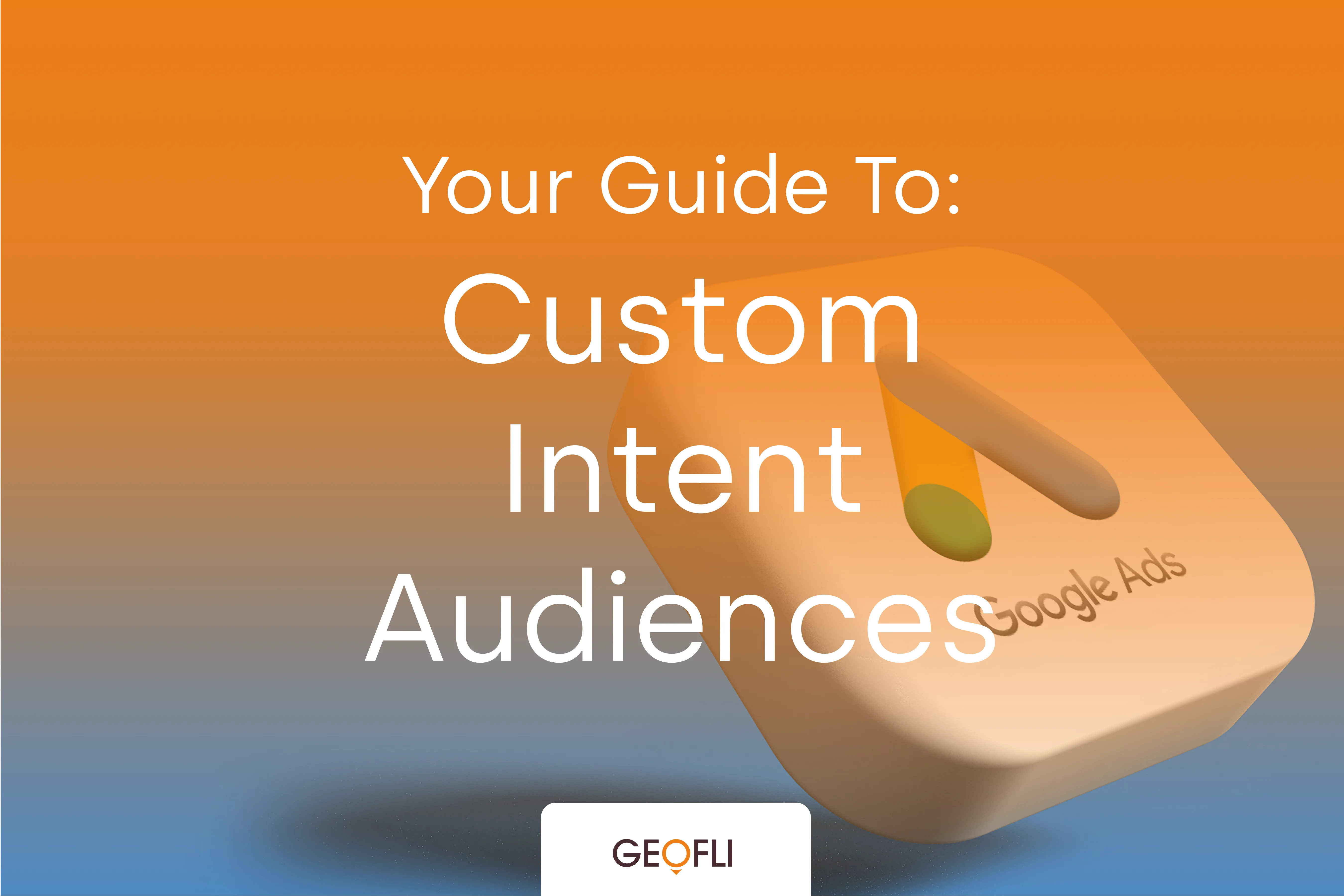
Custom Intent Audiences: Everything You Need To Know
This guide explains how to use custom intent audiences, now called custom segments, in Google Ads. It covers how they work, why they were renamed, and how to set them up and optimize them.
Location can be a powerful determinant for audience segments. If you’re a business with physical store locations, the benefits of segmenting advertising efforts to reach only those within driving distance of your store are plentiful: a shortened path to purchase, a higher return on investment, a simpler customer experience and a more cultivated creative message.
But what about for the online businesses, or other businesses without a physical presence? Don’t worry: Location-based advertising is incredibly useful for those guys, too. Chances are that people who live in the same area also probably share similar characteristics — at the very least, they all have to endure the same weather patterns. Seasonal businesses take note!
Retargeting simply means you’re attempting to reach an audience that has already engaged with your site in one way or another; typically, they’ve engaged by visiting your site in the past, but you can get more specific by setting goals for time on site, number of pages visited or visits to a specific page. Basically, your brand is their mind, but they just need a second nudge to get them into your funnel.
Google Ads is one of the more developed platforms for online advertising — it’s tough to beat paid search in a world where Googling something is usually a person’s first instinct. As one of the more developed ad platforms, Google Ads definitely understands the value of targeting by location. They sum it up pretty well on their Help site:
"When it comes to advertising on Google Ads, consider the real estate adage: 'Location, location, location!' Regardless of how great your ad is, it probably won't perform as well if it doesn't appear in the right places."
- Google Ads
To ensure the success of their Ads users, Google makes it pretty simple to remarket based on location — provided you have the Ads or Analytics tag properly placed on your site. If your pixel is tracking, an audience measuring your site visitors in the last 30 days (called “All Users”) should be already set up in the Audience Manager; you can use this audience, or create other audiences with more specific characteristics, to set up a remarketing campaign.
But how do I filter these previous site visitors by location, you ask? Simply adjust the location of your new remarketing campaign to areas where you’d like your ads to show (or excluding areas where you wouldn’t like your ad to show). You can do this by opening either the Locations or the Settings tab in your campaign.
Quick reminder: Google Ads runs an auction each time a user searches on Google to determine which ads show — winners of said auction are determined by comparing ads’ expected CTRs, relevance to search term, landing page experiences and strength of bids. Basically, if you want your search ads on Google to show up for qualified searches, you’ll have to do everything you can to improve the components listed above.
That’s where GeoFli can help. Using a GeoFli’d page — one that is customized for every location, delivering a stronger, more relevant landing page experience — as your ad’s final URL can increase its Quality Score, thus ensuring that your ad appears in front of the people who are most likely to purchase. Especially if your ads are struggling to earn impressions in the first place, providing a more customized landing page experience can encourage your ads to show more often to the right people.
Similar to Google, Facebook Ads also allows users to target their remarketing efforts based on location. Again, success in this realm is pretty dependent on whether your tracking pixel is set up properly — from there, you can remarket to a variety of cool custom audiences, including those who previously visited your site, those who follow your Facebook page or even those who interacted with one of your Facebook events.
Heading into your Asset Library, then choosing the Audience tab will get you to where you need to go. Next, create a new campaign, add your custom remarketing audience to the Customer List and specify which part of the audience you’d like to reach based on their location. On Facebook, their location can mean the place where they live, where they recently were or where they’re currently travelling to.
Also like Google, linking your Facebook ads to a GeoFli’d landing page can provide users with a unique experience more tailored to their specific location, increasing your return on investment and improving your customer experience. Start your free trial of GeoFli by filling out the form below!

